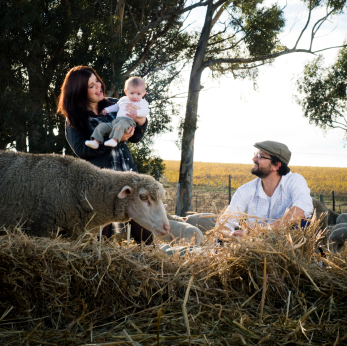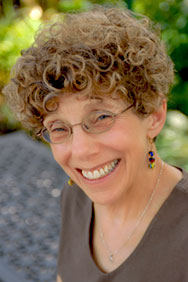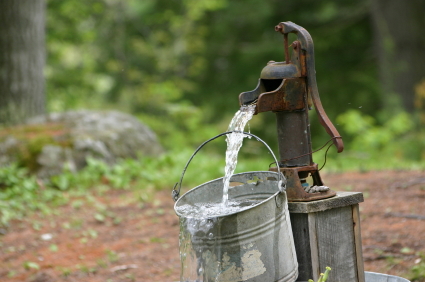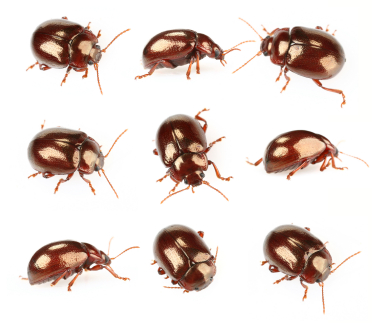Too-Clean Is Making Kids Sick
 January 4, 2011
January 4, 2011 
A childhood disease on the rise is asthma. Why is this happening? Clues have been accumulating. They point, amazingly, to antiseptics, disinfectants, and antibiotics as culprits.
For nearly two billion years, all life on earth was bacterial. So when animals evolved, they did so in a bacterial world. The result is that animals evolved to depend in many ways on bacteria. All over our outsides and insides are microbial communities. They consist of thousands of different types of bacteria, along with viruses and molds, and they keep us healthy.
Some obvious ways our microbes contribute to our health: They keep away disease-causing microbes by crowding them out, eating them, or poisoning them. They contribute nutrients to our diets by digesting what we put into our guts but cannot digest ourselves.
And now we learn that in some mysterious way, our native bacteria may keep us from getting asthma. Or if we have the wrong microbial communities in our respiratory or digestive systems, we get asthma.
So far, no one knows exactly how this works. But statistics show that it’s true: Children raised on farms and in other rural areas are much less likely to get asthma than children raised in antiseptic, Lysol- and bleach-scrubbed urban environments. Children born vaginally, exposed to bacteria in the birth canal are much less likely to get asthma than children born by caesarian-section.
Hm-m-m. What is going on here? More on this wonder in my next post.




